
Can You Golf after Joint Replacement?
5/5/2025

With 25 million Americans playing golf, it’s no surprise many considering hip or knee replacement ask, “Can I golf again and how soon?”
In most cases, the answer is “yes.” After recovery, not only can you golf, but you will likely find your game is better. Performance is often improved because the pain is gone and range of motion and leg strength have been restored.
The answer to “when” varies between patients based on their overall health, dedication to physical therapy, the type of surgery and the surgical side. For example, if your joint replacement is on the side of your dominant golfing hand, you may be cleared sooner than if it’s on the opposite side, which bears the brunt of the golf swing.
Also, those having hip surgery may need to be more patient. While overall healing time for hip replacement tends to be faster than for the knee, returning to golf requires more caution. Hips absorb the force of the swing as the body rotates. Starting too early risks injury and, even worse, dislocation due to surrounding muscles not being fully healed and strong enough.
As a rule of thumb, most patients can expect to begin chipping and putting at around 4 weeks post-op. They can begin hitting short irons at around 6 weeks, then advancing to long irons and woods as they begin to feel better swinging the clubs. Again, no recovery is the same and you should always check with your doctor before picking up your clubs.
Once you are cleared to play, the experts at Crystal Clinic Orthopaedic Center recommend the following 6 tips for a safe return:

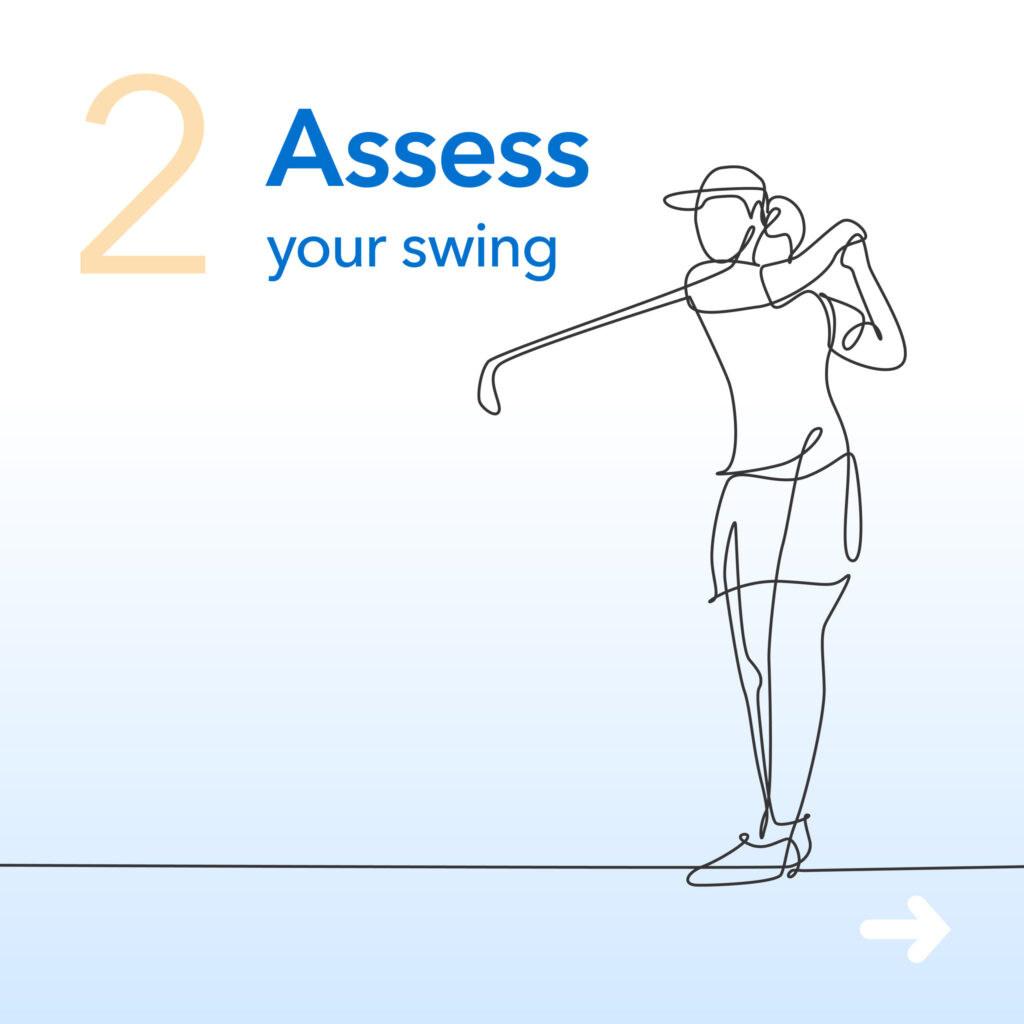
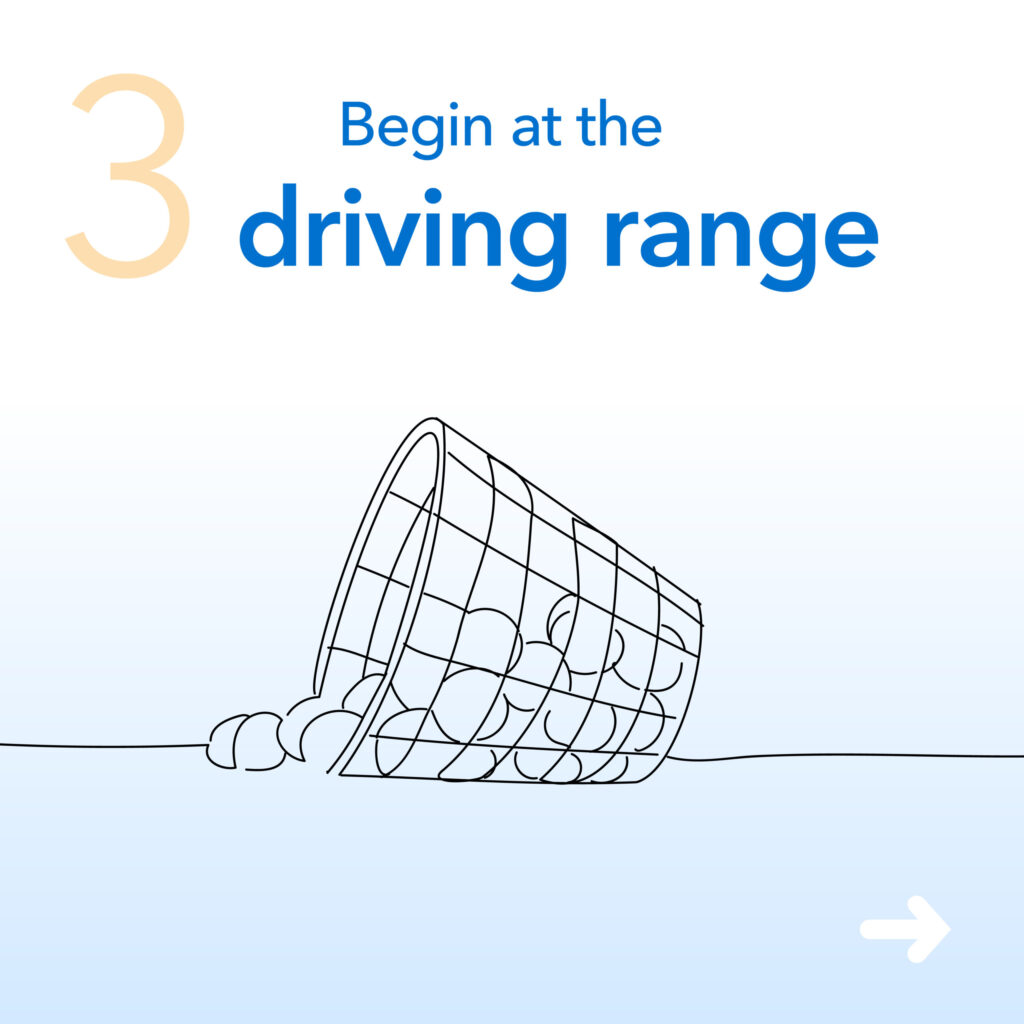
- Confirm you’re ready. In addition to clearance from your physician, consult with your physical therapist to ensure you have proper range of motion and strength. You should feel comfortable with regular activities like walking and riding a stationary bike.
- Assess your swing. Have a golf pro assess or correct your swing to prevent unnecessary stress on your new joint and the rest of your body. Use a light grip as you swing.
- Begin at the driving range. After taking time to practice putting and chipping, start slowly at the driving range to practice proper form. Take breaks between shots to prevent overdoing it.
- Use a golf cart. Start with a cart to reduce the number of steps you are taking and to avoid added pressure on the affected joints by carrying clubs.
- Start with short courses or play 9 holes. Start slowly and gradually turn to more challenging courses as you build strength and stamina.
- Listen to your body. In most cases, your body will let you know if you are overdoing it. Stiffness, swelling, discomfort, reduced mobility or popping sensations are signs you should ease back and consult your physician.
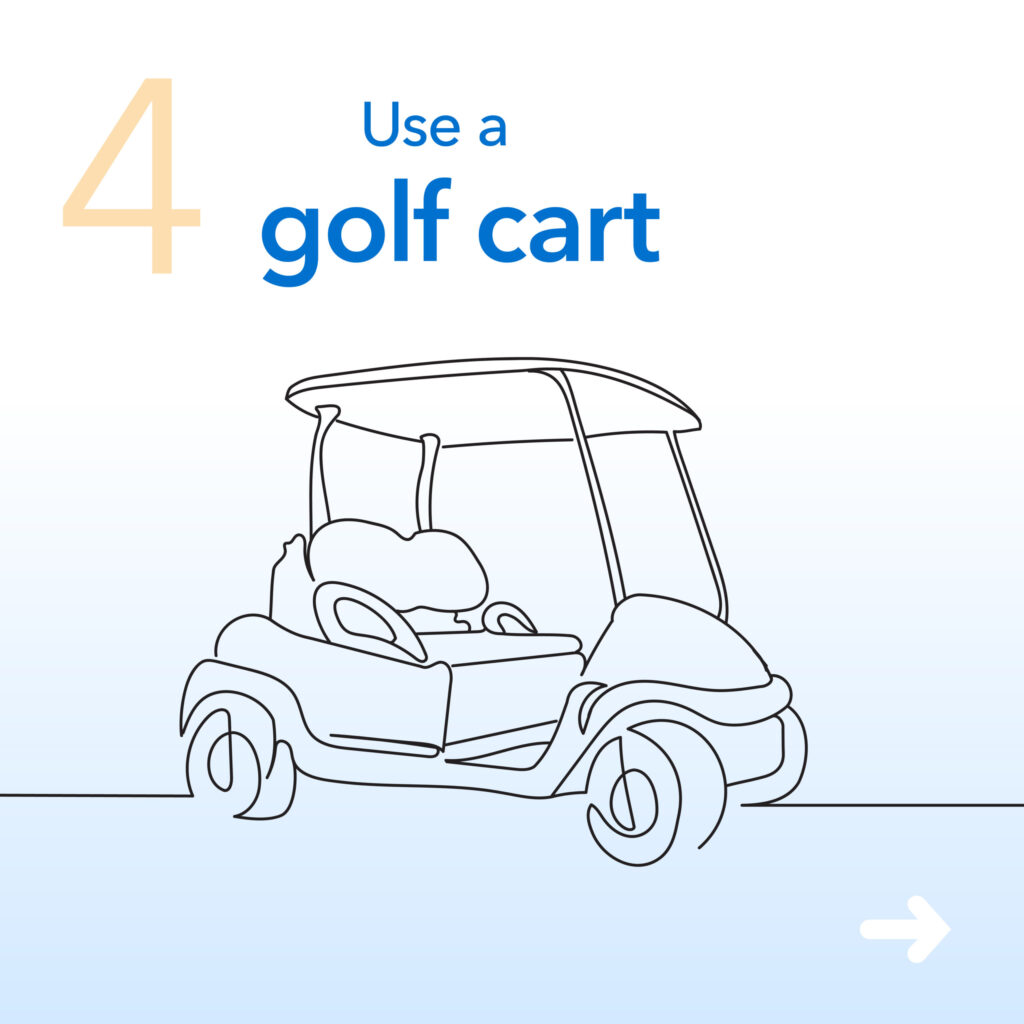
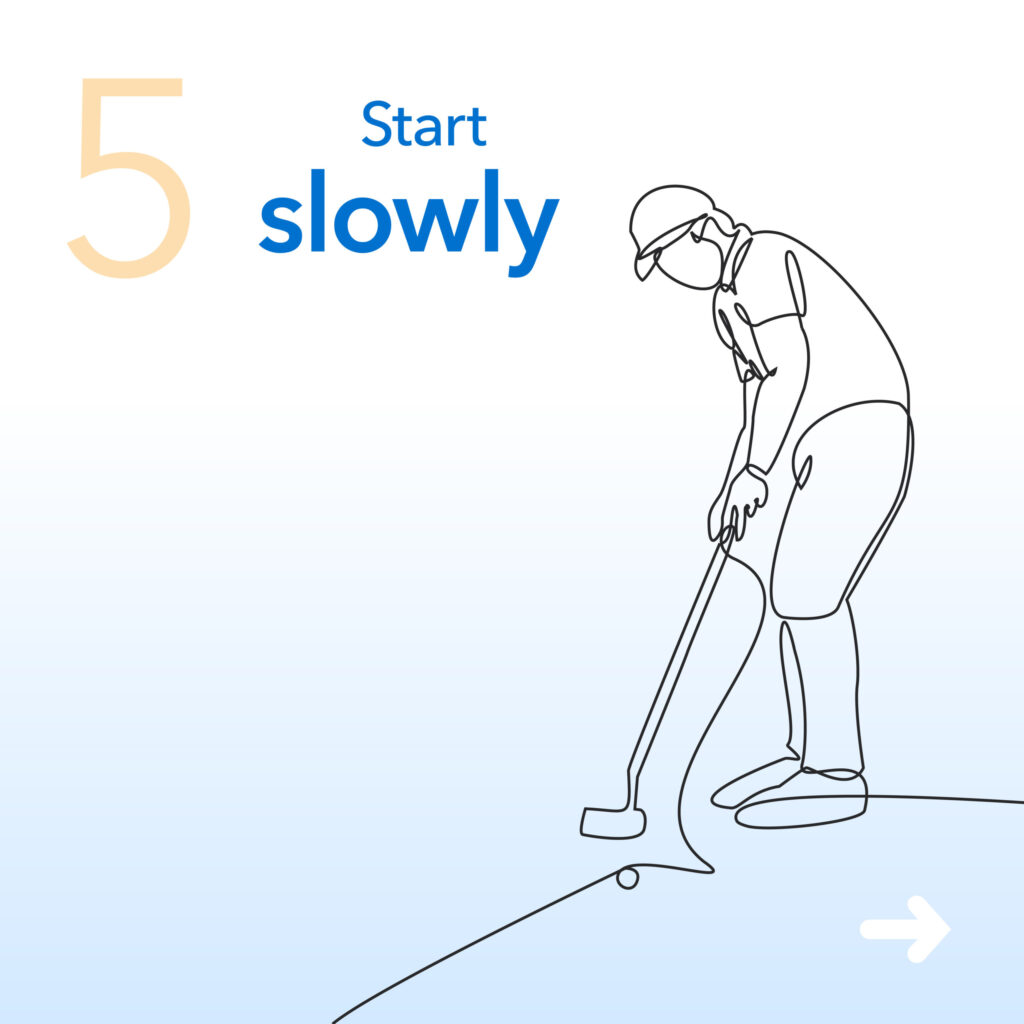
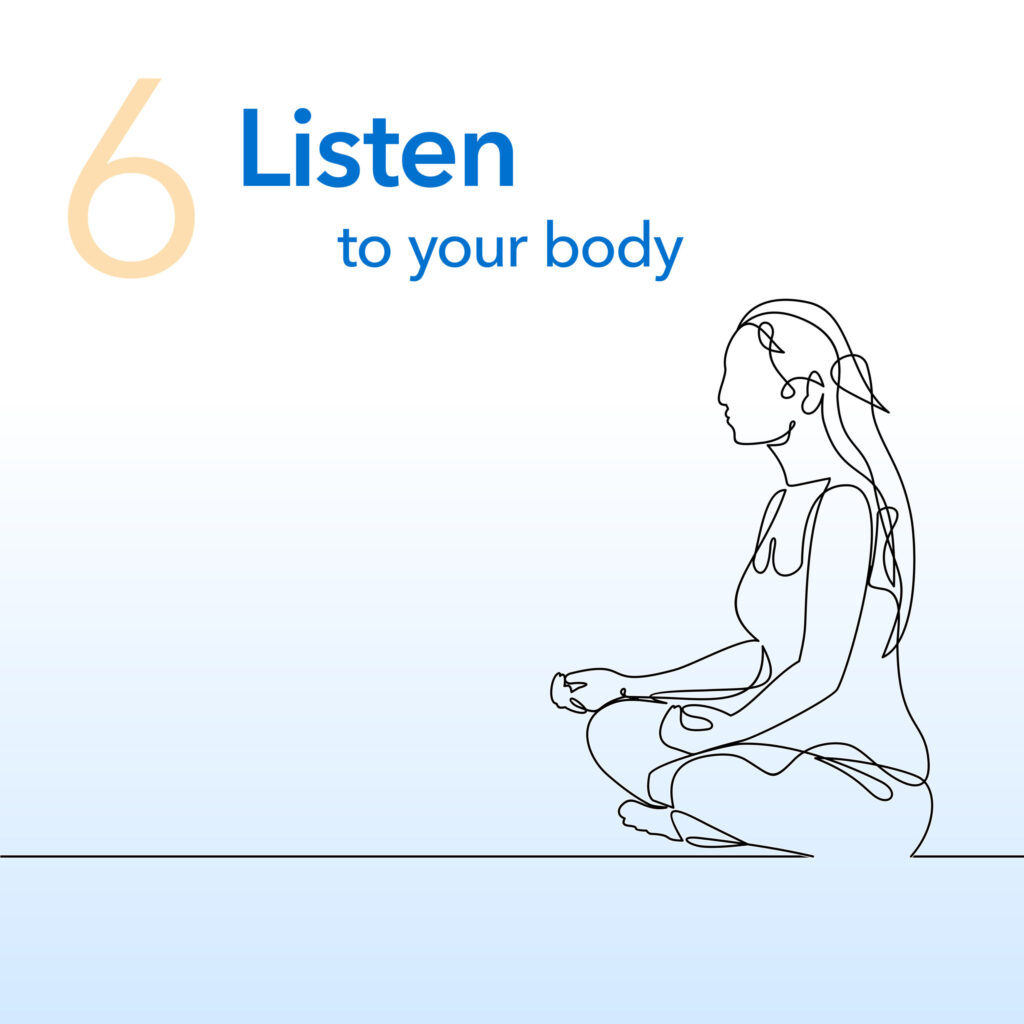
After a long winter, we are all excited to get outside. If you had a hip or knee replacement over the winter, check with your physician, start slowly and ensure proper form as you head back to the course.
